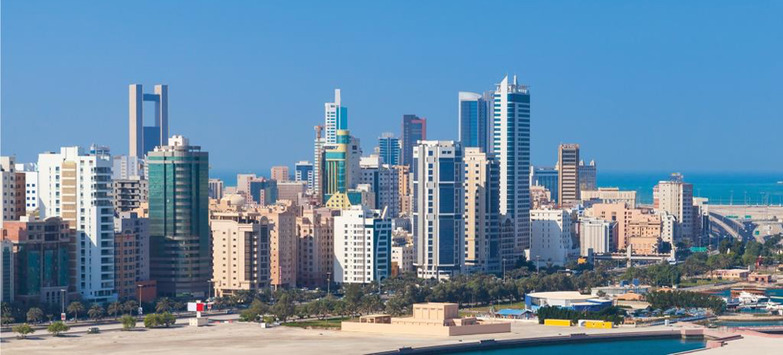Moody’s Investors Service downgraded the Bahrain’s long-term issuer rating to B1 from Ba2, and maintained its negative outlook for the country.
“The credit profile of the Bahraini government will continue to weaken materially in the coming years, predominantly because despite some fiscal reform efforts there is a lack of a clear and comprehensive consolidation strategy,” the credit ratings agency said in its rationale for the downgrade, Arabian Business reported.
It also expected that Bahrain’s government debt burden and debt affordability would deteriorate significantly over the coming two to three years.
Moody’s also lowered Bahrain’s long-term foreign-currency bond ceiling to Ba2 from Baa3 and long-term foreign-currency deposit ceiling to B2 from Ba3.
The negative outlook reflects continued downside risks to the rating, which manifest themselves in heightened government and external liquidity risks, Moody’s said.
The ratings agency also noted that although the Persian Gulf Arab state has benefited from support from its neighbors during previous periods of stress, such “support at this juncture lacks clarity, both in form and timeliness.”
Moody’s added that while initial steps have been taken toward fiscal consolidation—including subsidy reforms for fuel and utility tariffs, the streamlining of government entities, increasing taxes, and targeting a cost recovery in the provision of government services—the country still lacks a clear and comprehensive fiscal strategy given difficult timing in introducing it.
The country manages growing domestic political and social tensions that render difficult the introduction of unpopular fiscal measures, Moody’s said.
Bahrain’s dependence on debt funding to finance its large fiscal deficit, and considering its limited sovereign wealth fund assets it can draw on, Moody’s raised doubts if the country can return to more sustainable government debt levels.
Fiscal deficits would stay in double-digits in 2017 and 2018, and narrow only gradually over the following years, the ratings agency said.
Oman, UAE
Moody’s also on Friday downgraded Oman’s long-term issuer and senior unsecured bond ratings to Baa2 from Baa1, and changed the outlook to negative from stable, citing the country’s limited progress in addressing vulnerabilities to the weaker oil price environment.
Moody’s expects Oman to be continually reliant on oil for government revenues, at an average of 71% over the coming years.
Meanwhile, the outlook for the banking system of the UAE remains negative, Moody’s said in a new Banking System Outlook published last week.
The main drivers of the outlook are asset quality challenges, especially for the Dubai-based banks and low provisioning coverage levels. Moody’s expects problem loan levels to remain elevated, driven by exposures to large, stressed, government-related issuers, and legacy corporate impairments, primarily real-estate-related, which are still emerging after failed attempts to restructure earlier in the crisis.
Moody’s says that the negative outlook also captures specific structural weaknesses that will continue to undermine system-wide bank performance over the 12-18 month outlook period.


